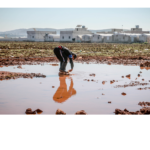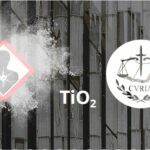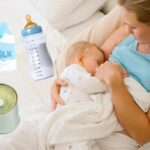
Risks of nanos in water

By the AVICENN team – Last modification May 2020
Risks of nanos in water
The marketing and use of manufactured nanomaterials has increased considerably since the early 2000s in many fields: cosmetics, textiles, household appliances, sports equipment, glass and construction materials, cars, aeronautics, boats, food, etc.
More and more nanomaterials, nanoparticles or nanoparticle residues are present in water (from wastewater, some continue on to the treatment plants, then into rivers and streams). With what consequences for the aquatic fauna and flora? What about the microorganisms in the soil on which the sludge from the wastewater treatment plant is spread? Concerns are emerging among a growing number of stakeholders. Who is doing what on these different aspects?
On all these questions, only scattered information is available today, often difficult to understand for the non-specialist or addressing only a particular aspect without giving an overall vision.
Therefore, this dossier initiated in 2015 gathers the available information as well as the issues that arise today and could become a problem if no action is taken by the various institutions involved.
It is a base that we wish to complete and update according to the evolution of knowledge: your contributions are welcome!
Our information sheets on the subject
Our latest news
Upcoming Nano Agenda

- E-learning program: awareness-raising for personnel who come into contact with nanomaterials during research, formulation, production, maintenance, cleaning, upkeep, etc., as well as safety coordinators or engineers, facility managers, heads of laboratories where nanoparticles are handled.
- Organizers: INSTN Grenoble (CEA)
- On the program:
- 1 – Introduction, definition and characteristics of nanomaterials
- 2 – Toxicity of nanomaterials: the state of knowledge
- 3 – Metrology and characterization of nanomaterials
- 4 – Prevention and protection against nanomaterials in the workplace
- 5 – Quiz: assessment of learning outcomes
- The 2-hour course can be viewed for one month from the date of registration.
- Website: https://instn.cea.fr/…risques-lies-aux-nanomateriaux…
- Annual conference of the NaMasTE research group (Manufactured Nanomaterials, Toxicology, Ecotoxicology and Risks: towards controlled development)
- Dates: December 9 and 10, 2025
- Organizers: CNRS
- Website: https://gdr-namaste.cnrs.fr
- 8th Congress of Occupational Medicine and Health (CNMST 2026)
- Theme 5: Emerging pathologies and risks, Mr Henri Bastos (ANSES), Pr Lynda Bensefa-Colas (AP-HP), Dr Catherine Nisse (CHU Lille)
- Website: www.medecine-sante-travail.com
Any questions or comments? This information sheet compiled by AVICENN is intended to be completed and updated. Please feel free to contribute.
File originally created in February 2015



